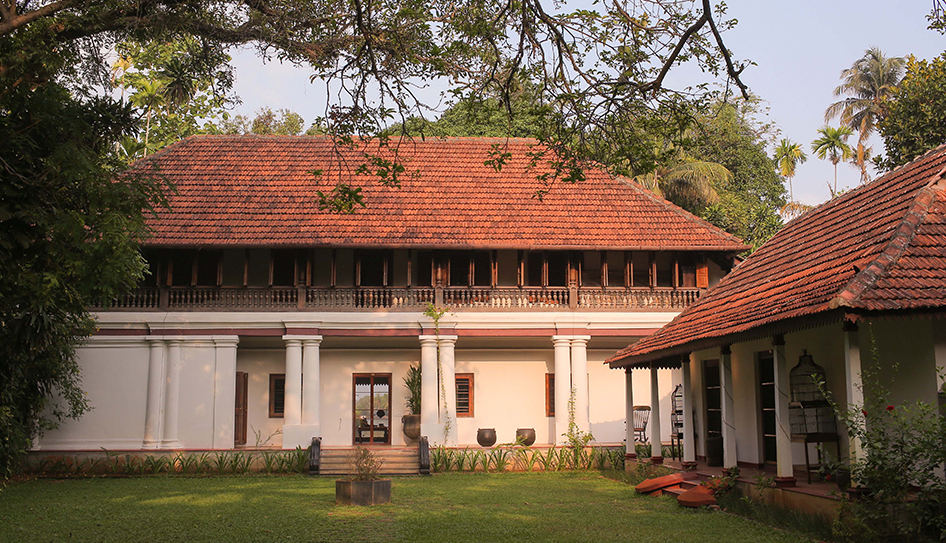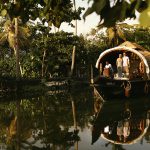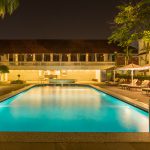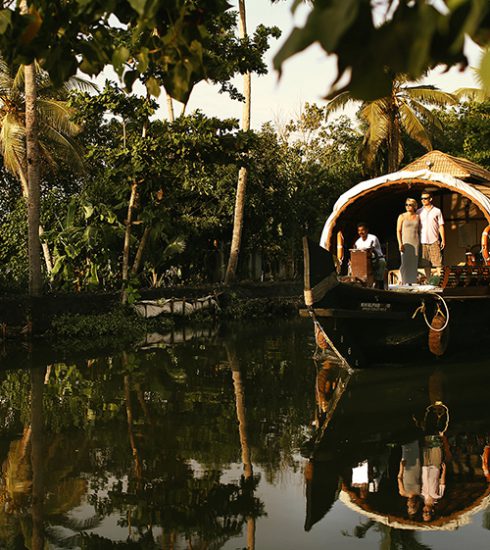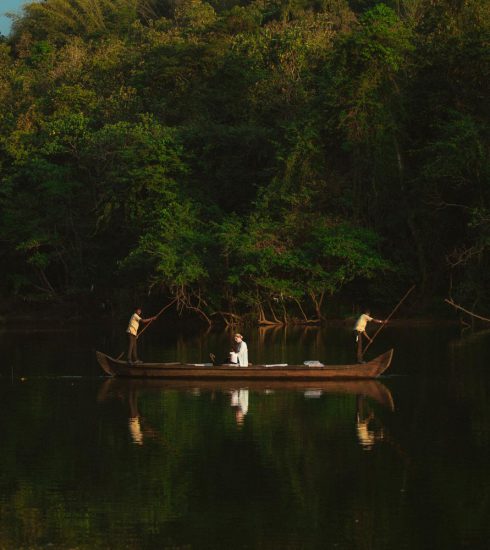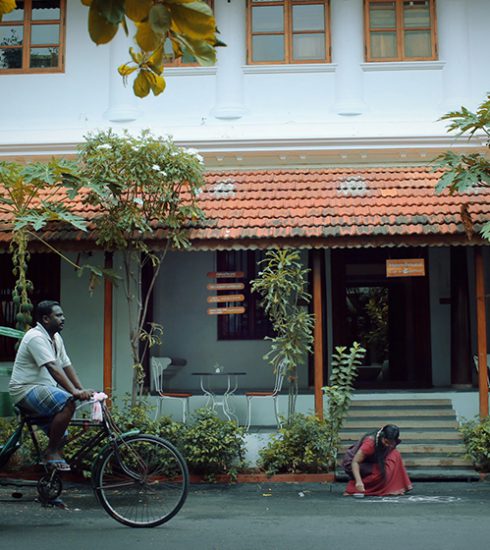Enjoy life like a king at Chittoor Kottaram
The Rajahs of Cochin were not flamboyant monarchs like their blue-blooded ilk in other parts of India. Their palaces resembled stately mansions, devoid of excessive ornamentation. Deep wrap-around verandas, solid teak pillars, vast landscaped lawns, stunning views, a cosy feel. The members of the royal family were steeped in culture and the arts which they patronised and their pleasures were modest. Many were deeply spiritual.
So way back in the 14th century, when the Rajah of Cochin shifted his capital from Perumpadappu to Tripunithara, he set out to build a Lord Krishna temple as grand as the one in Guruvayoor in his old kingdom. The tiered edifice called Chittoorappan was built in a quiet hamlet called Cheranelloor, fringed by the backwaters of Kochi. The king would return to the temple time and again to soak in the peace and spiritual calm of the place. Soon he built a palace, just 50 yards away, where he would rest, after paying obeisance to the family deity.
Like him, we too arrived regally at the Chittoor Kottaram palace in a boat; but ours was not a royal barge steered by 18 oarsmen. The welcome, however, was regal enough as a small group of ‘retainers’, headed by Milton who now manages the palace-resort, stood at the jetty to receive us.
We clambered up and saw the white facade of the mansion unravel on glistening green lawns — a pillared one-storied structure with a red-tiled roof.
Chittoor Kottaram is the only living palace still owned by the Cochin royal family. Today it is a single key heritage hotel where only members of one family may stay. Milton ceremoniously handed us the keys of our kingdom and suggested that we play king and queen for a day. No one would be allowed to disturb us or enter the palace without our permission! No longer should we regard ourselves as commoners but as royalty and our every wish would be his command, he stated with a grand flourish.
Nature’s influence
We explored our temporary fiefdom, charmed by its nooks and crannies, its intimate spaces where one could commune with nature and each other. The entire estate was awash in the molten honey-gold rays of an end-of-the-monsoon-sun. White wrought iron chairs and a table on the lawns would be ideal for a bracing cup of tea the next day, we decided, while at the ground level veranda or on the upper one which commanded views of the glittering backwaters and a bank of water lilies, one could sit and read a book.
The mini palace had two bedrooms on the ground level and one above. We opted for the king’s room on the upper level where the spacious bathroom even had a bookcase with tomes that were royal favourites and a skylight through which natural light filtered through. Everywhere there were expanses of polished wood, red hibiscus flowers, spacious four posters draped with flowing mosquito nets, quaint writing desks and portraits of royalty that looked at us usurpers with a frown.
As a nod to royal traditions, we padded around the palace barefoot and enjoyed subtly spiced Kerala-style cuisine. That first afternoon, we savoured a royal sadya of 24 Kerala delicacies in the spacious dining room which was located in a separate, red-tiled roof cottage. It was prepared right in the adjacent kitchen.[1] [2]
That sultry afternoon, a hammock strung between two trees beckoned. As we swung in it, a Brahminy kite with magnificent wings outspread cleaved the air and soared upwards; a blue kingfisher skimmed the backwaters and triumphantly swooped away with a fish dangling in its beak; a bright-eyed and bushy-tailed squirrel bounded away. The world was a hushed spectator to it all.
Later, a sunset cruise on the backwaters was on the agenda and as our boat chugged past idyllic villages snuggling amid coconut groves, tall palms leaned across to kiss the waters. A Shiva temple rose against a darkening sky, the spire of a church stabbed a crucifix at the heavens; coconut palms fanned the sky; paddy fields stretched away to the horizon; large spidery Chinese fishing nets filtered the rays of a dying sun. Everything had a leisurely pace. Soon the sun set in fiery swirls of golds, reds, softening to mauve and pink, like nature’s own laser show.
Evening glow
On our return, we found the lawns were studded with diyas and the palace exuded a soft mysterious glow, rivaling the post-sunset sky. Post dinner, eaten off our thalis, replete with honest-to-goodness fare, a cultural performance awaited. Two priests from the Krishna temple – performers of traditional Kerala arts – arrived, bearing a drum and a brass thali. With these simple instruments and the rich baritone of the singer, they wooed the gods Krishna and Shiva, singing songs of praise in Sanskrit, much as their forefathers had done to a royal audience in another era. As we drove away the next day with many a backward glance at the palace and the temple, we resolved to return one day to “reclaim our kingdom.”

